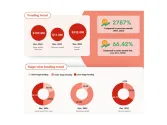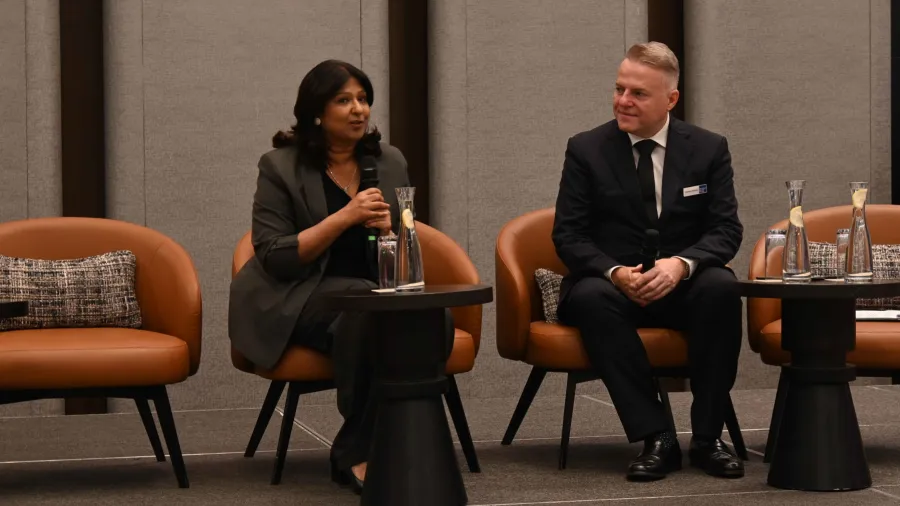
Prince Court Medical Centre taps data to cut costs, boost outcomes
The Kuala Lumpur-based hospital explores cost-effective alternative treatments.
Malaysia’s Prince Court Medical Centre is tracking key metrics like recovery times and patient feedback to improve service across departments, as it tries to improve health outcomes and potentially lower healthcare costs.
The goal of benchmarking is not to “name and shame” but to present data objectively to clinicians and staff, Prince Court Medical Centre CEO Shuba Srinivasan told Charlton Media Group Editor-in-Chief Tim Charlton in a fireside chat at the 2025 Healthcare Asia Summit in Kuala Lumpur on 9 April.
“We also look at cost,” she said. “If we can report great outcomes with less costs, like affordable implants or stents, we encourage our clinicians to consider alternative approaches.”
“Prince Court has a committed set of clinicians with open minds. Yes, they will question and challenge me, but they are always open to change,” she added.
Here is the excerpt of the interview.
What data points are you currently looking at, and what system do you use for a predictive patient outlook?
We monitor very specific parameters. For example, if we're looking at a procedure like a total knee replacement, we assess the length of stay and the reasons it may have been extended.
If we're looking at an ICU patient, we consider when the antibiotic was changed. When was the culture ready, and was the right antibiotic given? This kind of data helps with antimicrobial stewardship. It also helps us monitor intubation and extubation times, and readmission rates. These factors are all valuable when conducting predictive analysis using the artificial intelligence (AI) tools we have.
In terms of practical outcomes, how is it being effectively applied?
When you have a standard process in place, you’re definitely able to execute it much better. For example, in the past, even cataract patients would be admitted for a day, but now we’re moving towards more procedures being done as day cases.
We’re exploring how these can be done as day procedures, but we’re not overly bullish about it. We want to get patients’ feedback, so we use patient-reported outcome measures to understand whether they’re comfortable with the changes we’re making. Most of the time, they’re quite happy with it.
Prince Court has been at the forefront of healthcare innovation. Could you share the hospital’s digital transformation journey and some of its key milestones?
To start with, we were one of the first private hospitals to embark on an electronic medical record (EMR) system, and we are exploring ways to use it more effectively. In addition to this, we’ve implemented a critical care system that integrates with the EMR. These help us detect early warning signs and, importantly, allow us to review the data when suboptimal care has occurred so we can continuously improve.
We’re also exploring how AI can assist in imaging—how it can interpret scans more accurately and help us become more precise.
What upskilling is taking place at Prince Court to manage change and ensure seamless collaboration between tech and healthcare professionals?
Change is never easy, but how do we communicate it? How do we explain that AI is a tool that enhances and supports our workforce? No one can replace what we do for our patients, but it helps us manage things more efficiently.
For example, in hospitals, we often have verbal orders that nurses transcribe. Sometimes, things get lost in translation, which leads to medication errors. What we’re looking at now is AI with voice integration into electronic medical records, so instructions are transcribed automatically. Once the instruction is accurately captured, we can deliver care in the right way.
Early warning systems are also incredibly important. Beyond that, we are exploring how predictive analytics can help determine the right parameters for extubating a patient or identifying the optimal time for discharge. This can reduce the risk of readmission, return to the ICU, or reintubation.
What key insights has Prince Court gained through cross-border collaborations?
Prince Court is fortunate, as around 25% of our patients are non-Malaysians. We are constantly learning how dynamic healthcare can be. For instance, we ask ourselves which procedures can be done on an outpatient basis and how we can leverage telemedicine for post-care. We also explore how to conduct follow-up calls to gather patient-reported outcomes and feedback.
Meanwhile, we work closely with many embassies and collaborate with Malaysian health tourism, attending various summits and events held by other countries. It's a constant learning process.
We can never take pride in saying we are doing the best, as there is always someone doing it better. The most important thing is that, if we remain humble and learn from them, we are moving in the right direction.

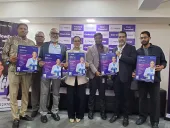


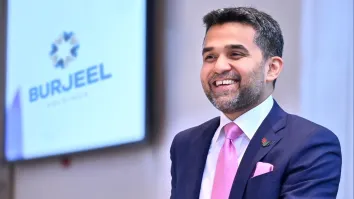
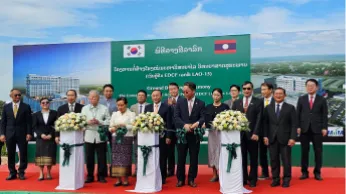

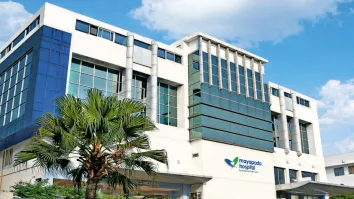


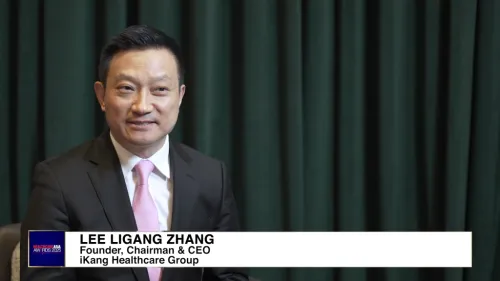
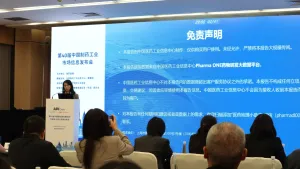

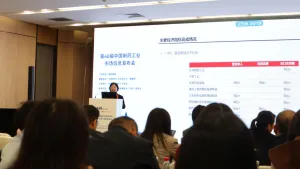



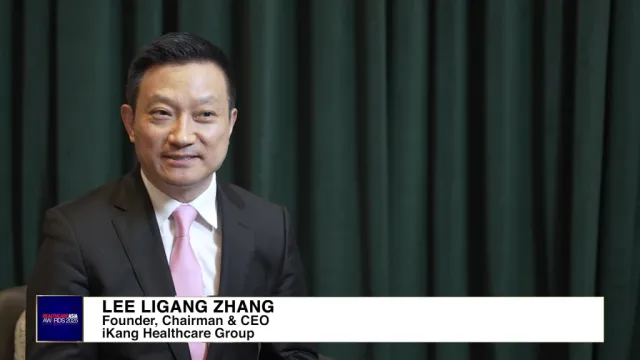
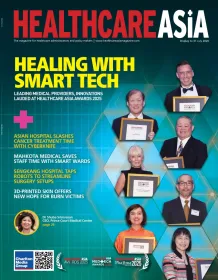
 Advertise
Advertise



